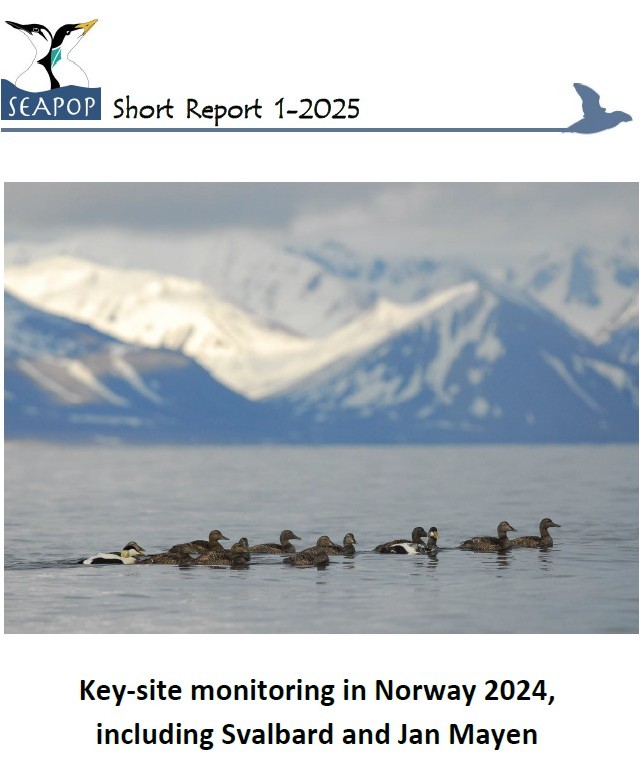Home
News
Latest publications
Loggers affect the foraging behaviour and fitness of European shags
Opportunities and challenges for new technologies in seabird population monitoring
Local variations in population trends and migration strategies of Brünnich’s guillemots on Svalbard
Key-site monitoring in Norway 2024, including Svalbard and Jan Mayen

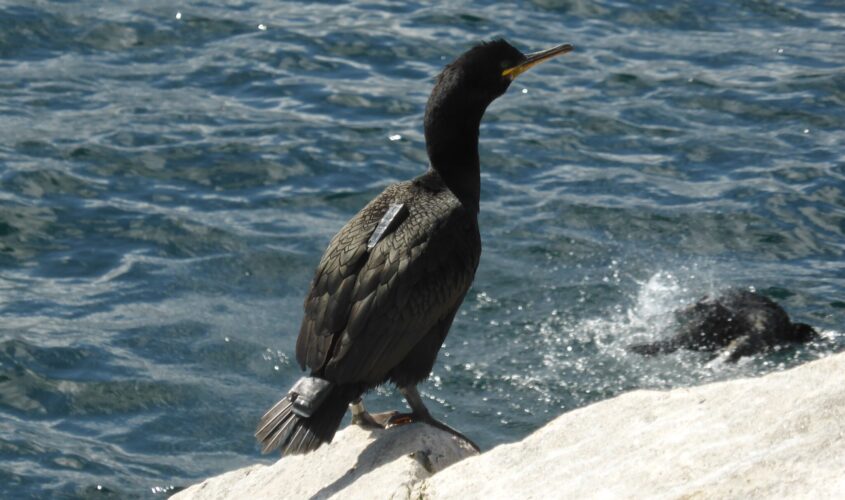
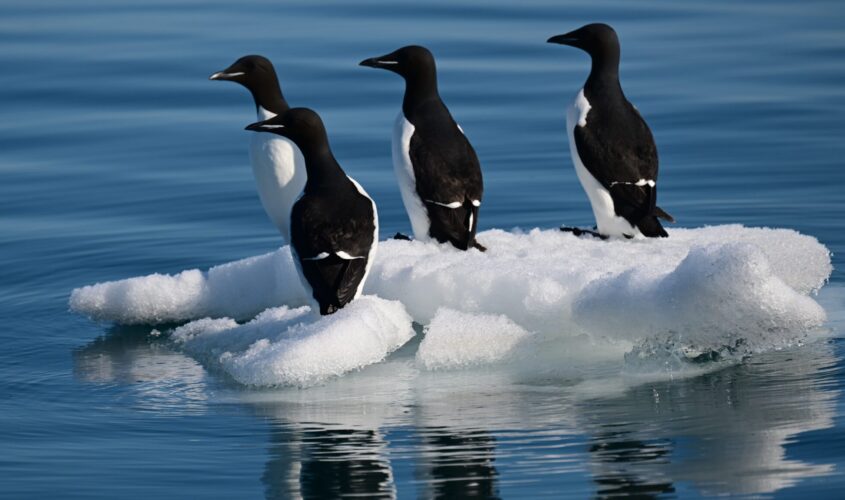
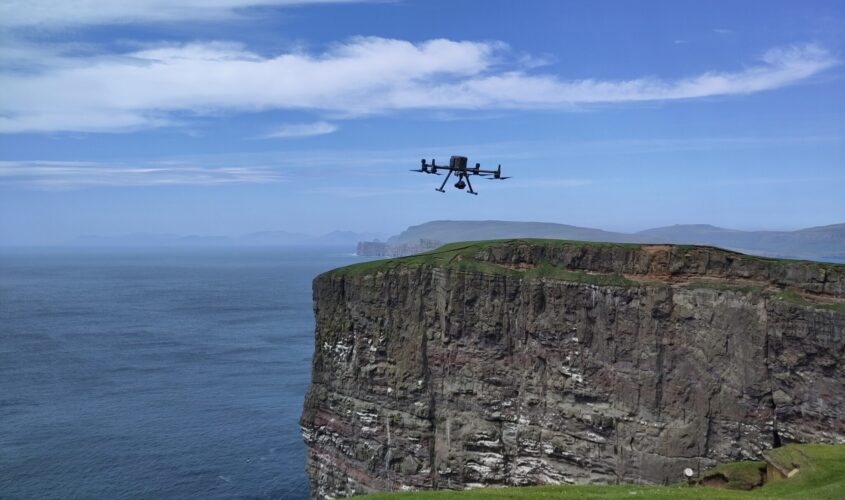
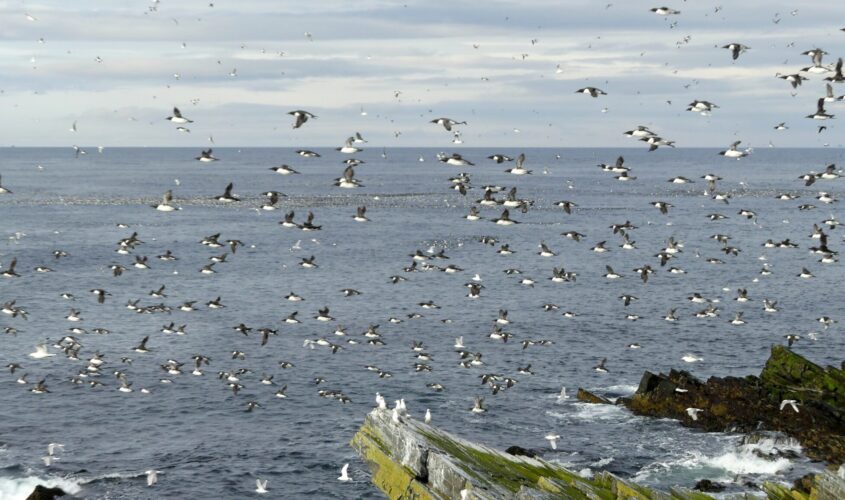
 SEATRACK
SEATRACK GPS tracking
GPS tracking